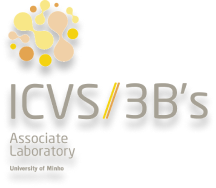A team of neuroscientists from ICVS recently published an article in the international scientific journal Journal of Neurochemistry that uncovers the mechanisms underlying associative learning in the brain. The research, titled “Nucleus accumbens neurons dynamically respond to appetitive and aversive associative learning” offers novel insights into how the brain associates environmental cues with emotionally relevant consequences for well-being, whether positive or negative.
The study, led by researcher Carina Soares-Cunha, focused on the nucleus accumbens (NAc), a brain region crucial to the reward circuit. The NAc is mainly composed of neurons that express D1 or D2 dopamine receptors. Previous research has shown that both populations are relevant in reward and aversion processes, but the activity of these neurons during associative behavior remained unknown. In this study, researchers exposed animals to positive and negative stimuli and recorded the activity of D1 and D2 neurons, showing that during Pavlovian conditioning, where a temporal association occurs between a cue and a positive or negative consequence, both types of neurons increase their activity, with a dynamic evolution throughout learning.
By understanding the complexity of the differentiated activity of NAc D1 and D2 neurons during Pavlovian conditioning processes, doors are opened to better understand how the brain deals with successes and adversities. Furthermore, these findings could have significant implications for understanding the neural bases of psychiatric disorders related to motivation and learning deficits, such as depression or substance abuse.
This work included the contribution of researchers Ana Verónica Domingues, Tawan Carvalho, Catarina Deseyve, Gisela Armada, Natacha Gaspar, Marcelina Wezik, Luísa Pinto, Nuno Sousa and Ana João Rodrigues.







